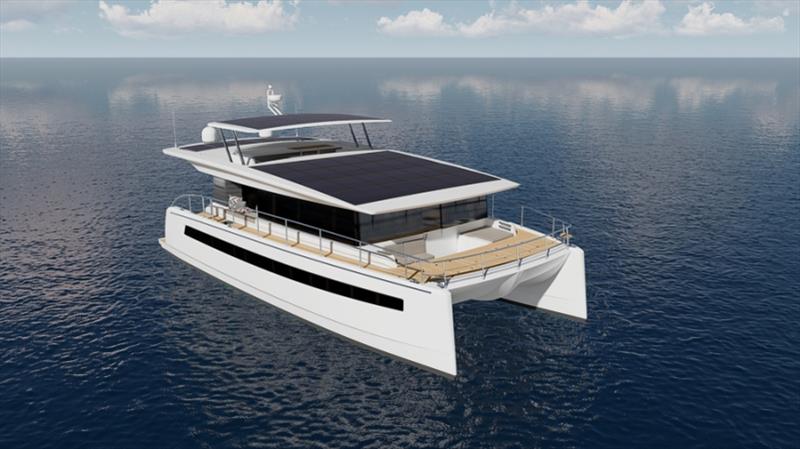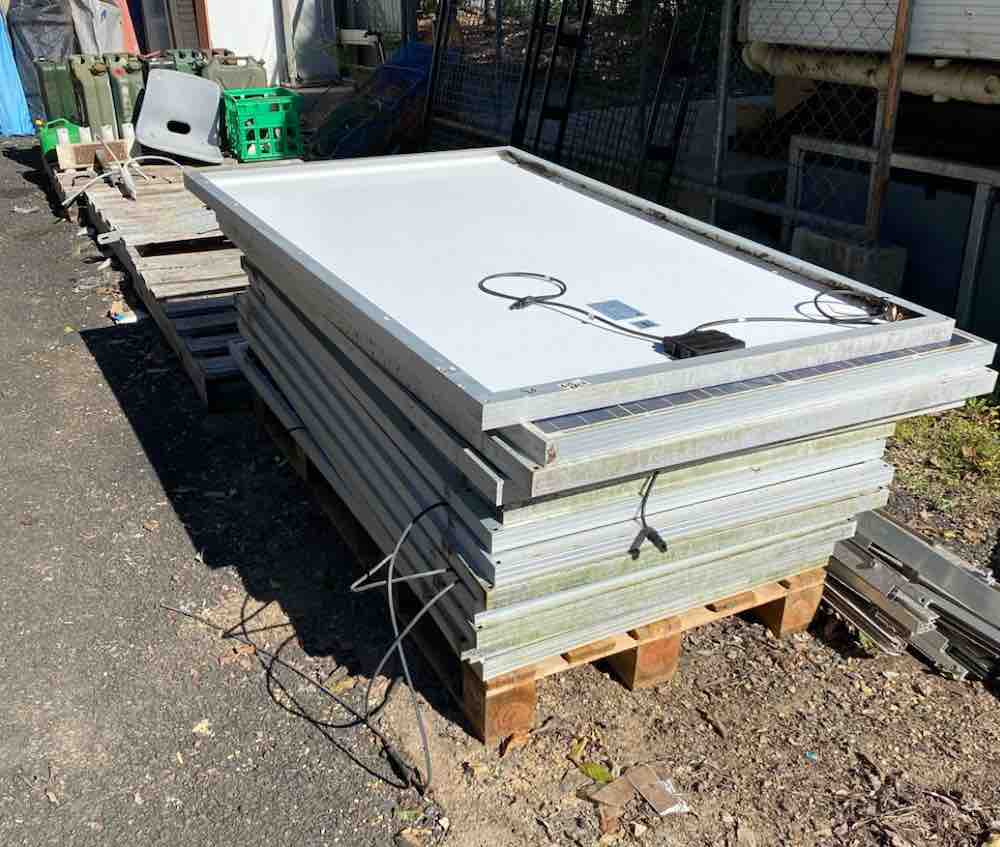Alex5008
New Member
Am I supposed to reply here or reply to each post separately? I am not familiar with using forums
Only need to reply if there is something interesting to explore.Am I supposed to reply here or reply to each post separately? I am not familiar with using forums

Please keep us posted.Everything is ordered. Just have to wait for parts to arive and put it together. Thanks


 onestepoffthegrid.com.au
onestepoffthegrid.com.au
Interesting idea. Only thing I don't follow is how you would ground the middle?. Connecting two batteries in series you get one positive and one negative at that middle "ground" point. So at the end of the day you will have one 48v bank with a positive ground and the other 48v bank with a negative ground. unless I am missing something this wouldn't work like you think. I believe it would actually be more dangerous. If you touch either end of the 48v systems to ground you would get a short. If I am missing something let me know.My idea for 96V (haven't ever built one) is dual 48V systems wired in series, middle grounded.
So long as you only grab one wire not both, you get a 48V shock not 96V.
Most equipment would be 48V, readily available.
Have to make sure BMS disconnect can tolerate the voltage (just like two 12V each with on BMS has to tolerate that if you connect in series for 24V). If BMS controls a suitable relay, that should do it.
The two 48V packs would have their own charge controllers and PV panels. If you have 48V loads, try to split between the packs. 96V propulsion motor would use the two in series.
*taking notes but barely understanding the implication of positive and negative ground*
I agree a boat "ground" as you say is not really the same as in a car. Especially since it is all fiberglass. I still can't really see the benefit from a safety perspective of splitting the 96v pack, you still end up with 96v on the boat either way. However I do like the idea from a component perspective. It solves by far the biggest issue we had, finding a decent 96v charge controller and inverter. At this point in the project we finally did find them, although all are coming from china, with not many reviews.. So unintentionally much of the project will end up being product reviews as well. haha.. I guess if they don't work out we can still split up the pack. We already planed on doing that with the Overkill BMS since the highest voltage they go to is 48v, and we didn't like the looks of the "other" 96v BMS options.Of course on a boat "ground" may be ambiguous.
And what potentials are present relative to environment can cause corrosion.
Two batteries in series doubles the voltage. If I connected two 48V forklift batteries in series I'd have 96V.
If I used two, 48V chargers to charge each 48V battery separately, that would probably work. If anything in their design referenced ground, elevating that ground to 48V +/- might be a problem.
If I grounded the midpoint, having one charger delivering -48V relative to ground might be an issue. At the very least, I would put its fuse on the negative rather than the positive.
Yes, both +48V and -48V will require fuses (same as both legs of my household 120/240VAC wiring.)
My idea is that two 48V solar charge controllers, which are readily available, would charge the two 48V battery banks.
Propulsion motor control would be fed +/-48V for 96V. So long as its circuit is isolated from ground, should be fine. But if it wired any controls or communication to battery negative that would be a problem. I would expect it to use a DC-DC switcher to supply control circuit. If that's an isolated switcher should be fine, but if common negative that is a problem. All depends on the control circuitry.


